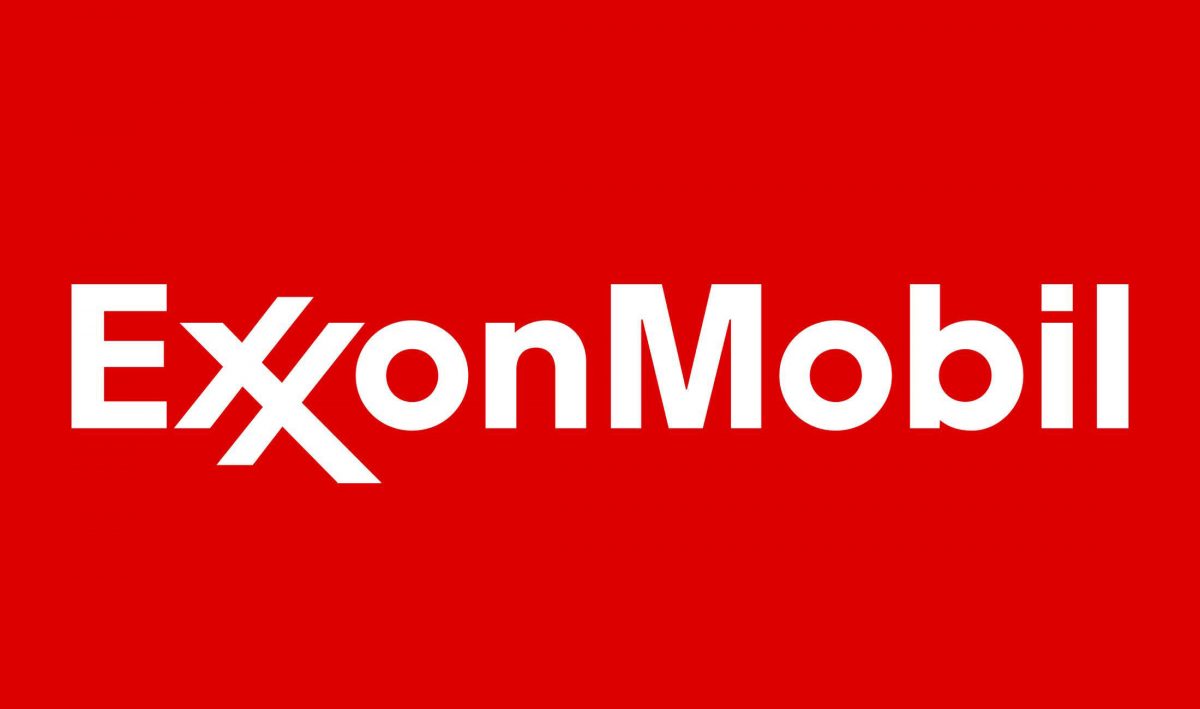ExxonMobil has completed drilling operations on the Cutthroat prospect but failed to find any oil offshore Brazil once again.
The well, which was drilled using the Seadrill-owned ultra-deepwater drillship West Saturn, is in the Sergipe-Alagoas Basin. ExxonMobil is the operator and holds 50 percent interest there. Its partners are Enauta with 30 percent and Murphy Oil with 20 percent.
The Cutthroat prospect well in Block SEAL-M-428 was spud in late February. The start of drilling followed a five-year license granted to ExxonMobil last week by the Bra-zilian Institute of the Environment for a drilling campaign with up to 11 exploratory wells in blocks SEAL-M-351, SEAL-M-428, SEAL-M-430, SEALM-501, SEAL-M-503, SEAL-M-573.
Enauta said that, although the occurrence of hydrocarbons in this well was not verified, the consortium will conduct complementary studies, incorporating sampled data into its regional geologic interpretation, and update its vision as to the exploratory potential of the blocks located in the Sergipe-Alagoas Basin ultradeep waters.
The other partner in the well – Murphy Oil – said last week that the Cutthroat well could potentially hold as much as 1 billion barrels of oil and gas. For now, no oil has been found.
Although Exxon has invested a massive amount of money in Brazilian exploration it does not have a good record of drilling there. Exxon’s entered Brazil offshore in the early 2000s.
Namely, there was a time nearly 20 years ago when Exxon was the only international oil major that held licenses in the pre-salt area. Exxon searched for promising spots and spent over $300 million on drilling. Exxon found nothing as a dry hole was drilled in 2009 followed by two more in 2011.
Exxon decided to step away a bit after a failed team-up with OGX which folded in 2012. In 2017, the supermajor came back. It took a further four years for a drill bit to spin on the Opal and Tita wells. Nothing came of those as Exxon said in late 2021 that it found uncommercial amounts of hydrocarbons.
The company did have a chance to enter prolific fields but decided to back out at the eleventh hour. The fields in question were Buzios and Sepia. The two blocks are now producing nearly 1 million bpd of oil and gas. In the last month of last year, Buzios alone was producing nearly 740,000 bpd.
Cutthroat was not what Exxon expected or the start of a prolific drilling campaign in Brazil, a country which was for the company the opposite of, for example, Guyana where it made over 20 discoveries and discovered some 10 billion barrels of oil.








